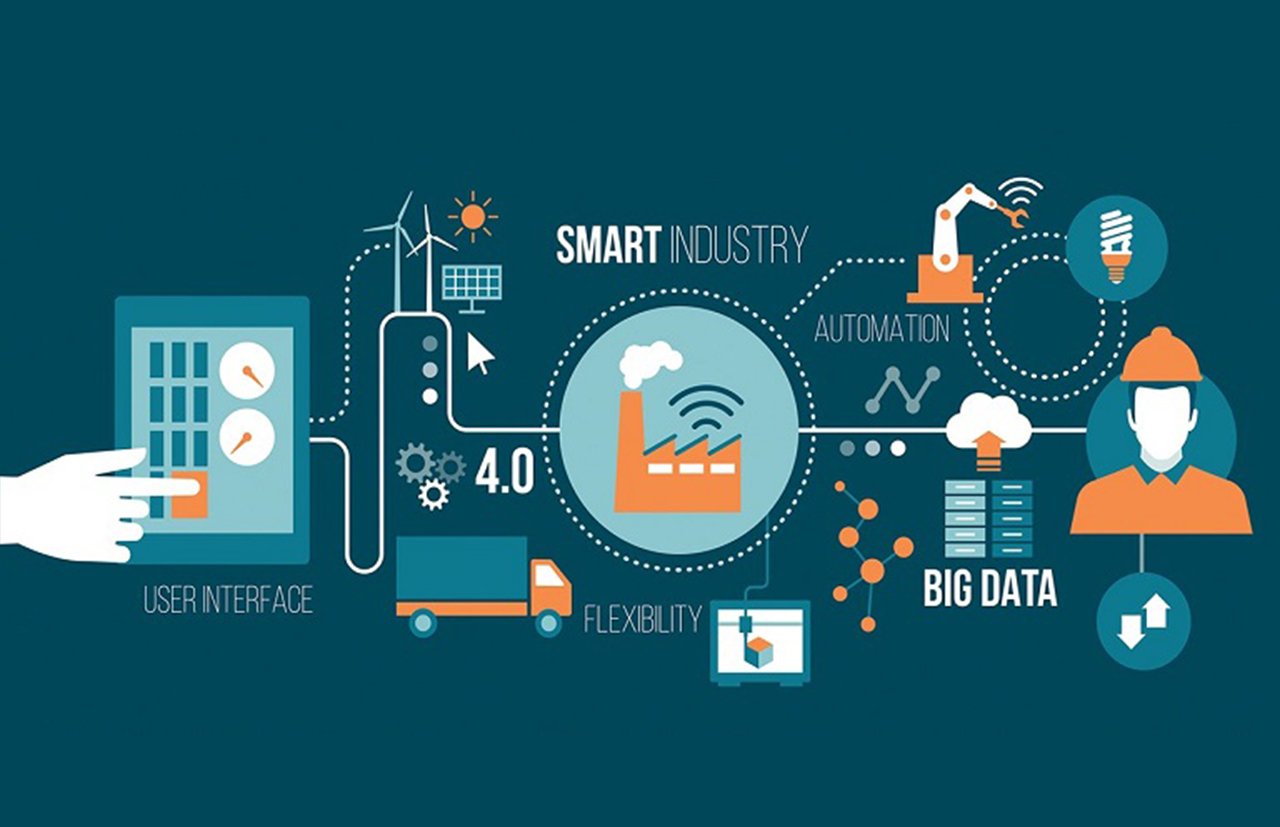Here are some key issues you need to consider while going in for an IoT implementation.
While Internet of Things (IoT) applications in the consumer space such as connected cars and consumer electronics are quite prevalent, Industrial IoT (IIoT) also has significant potential to transform the way enterprises function.
The adoption of IIoT would be rapid over the next few years and according to some estimates it is expected to be a 10 trillion economy gloabally by 2030.
Many companies are already deploying IIoT. Some are using it to drive up operational efficiencies, enhance productivity levels. Some others, particularly those in the automotive sector are deploying IoT devices to provide predictive maintenance services.
While IoT, if efficiently deployed can enable a whole range of innovations, it is not easy considering most enterprises have their legacy infrastructure. In many cases it might require a company to completely overhaul its operations to successfully implement IoT. If this is not done properly companies could end up facing logistical challenges while incurring huge cost. Here are some key issues you need to consider while going in for an IoT implementation.
Evaluate all requirements Deploying IoT means making changes to your infrastructure and processes. Have clarity on the new applications you might have to support post deployment and on the kind of changes you need to your operations.
Understand the security implications IoT comes with potential security risks. It is an area that still needs to be addressed adequately by device manufacturers. Draw up a clear cut strategy to secure your implementation. You should ensure that your data is protected all the way when it traverses from the end user application, through the network to a cloud and then on to your enterprise systems.
Address Scale There have been examples of many implementations that have failed to deliver the objectives due to the inability of enterprises to address the issue of scale. Consider the ability of your IoT platform to scale up or down depending on your requirements right from the stage where you are running a prototype.
Integrating IoT with legacy Integrating your IoT with your existing IT systems and processes is crucial. With disparate protocols, platforms, and numerous APIs, integration can be a challenge. Every component has to be integrated and each integration has the potential to create post-integration challenges. You ought to ensure that all components communucate reliably and efficiently.
Getting analytical insights Deploying IoT is all about getting granular customer data and deriving analytical insights. How do you do your analytics? Will you do it on cloud or on premise. Also IoT means real time data. What has been your analytical journey been? If you are currently using descriptive analytics, you might have to invest additionally to migrate to a prescriptive analytics mode.


